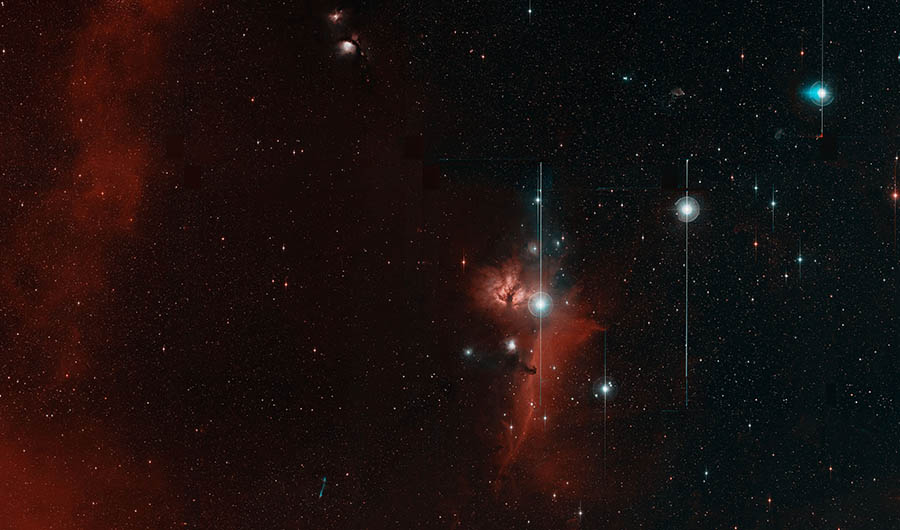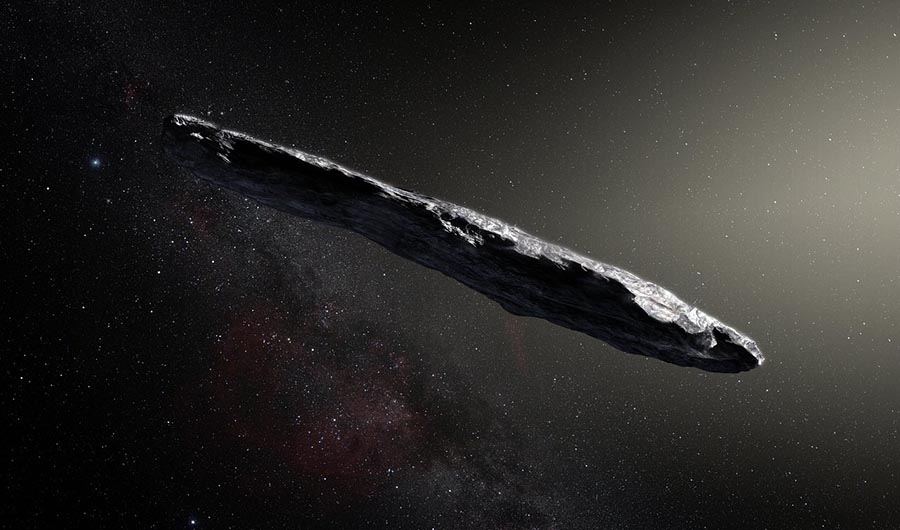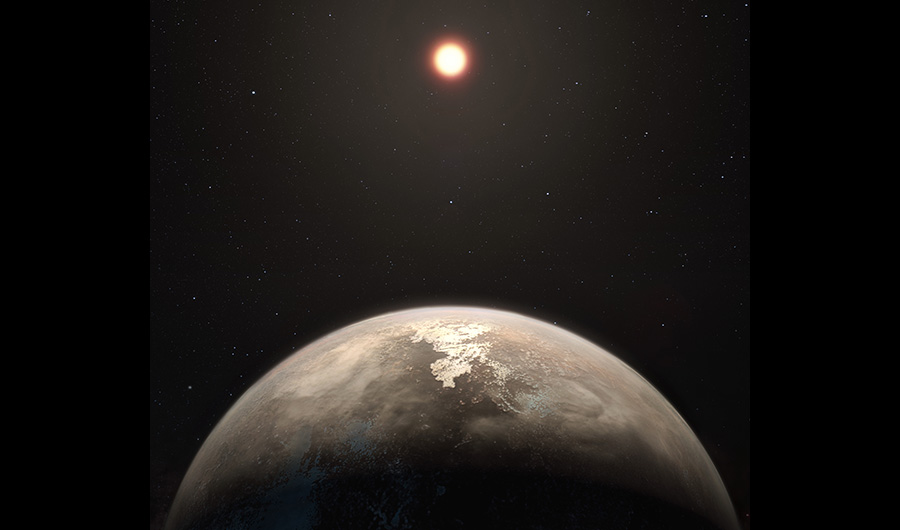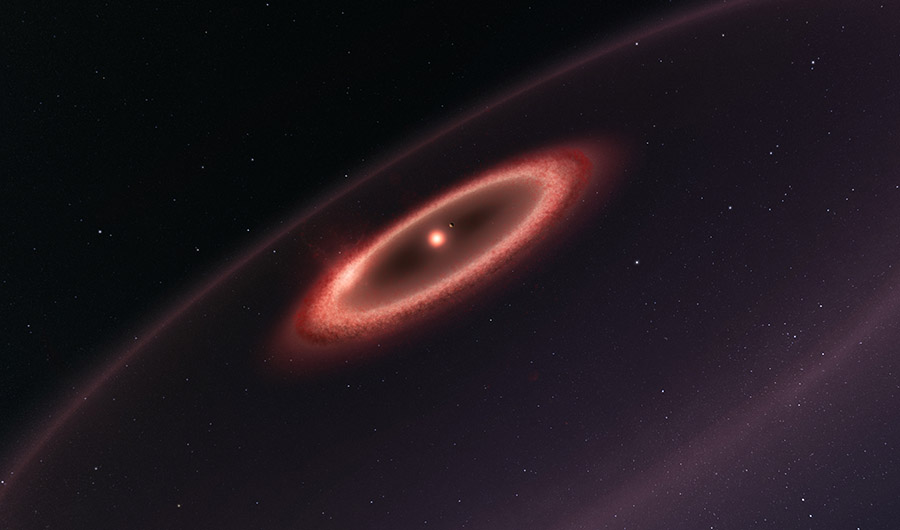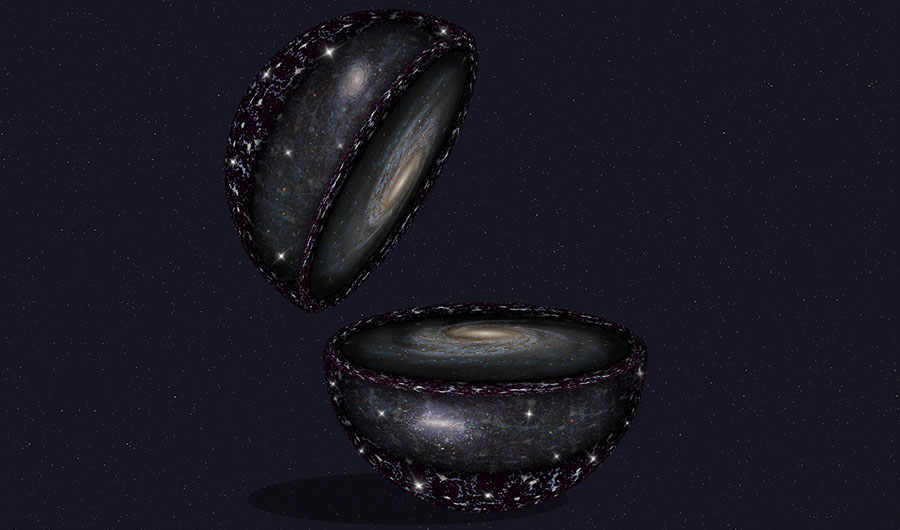November's Stellar Space Pictures
Explore the stars that surround us in this month's slideshow.
Image
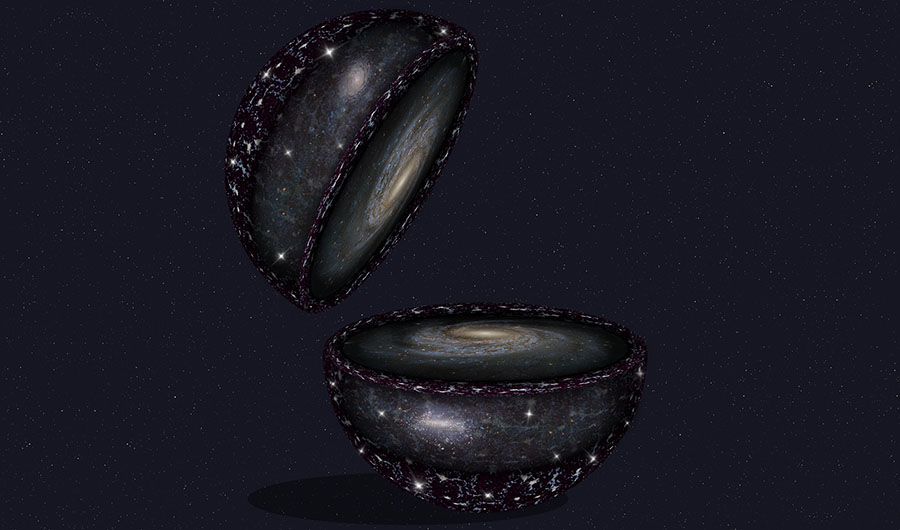
This month, the new Sloan Digital Sky Survey was announced. This cutaway illustration shows the parts of our universe that the survey intends to observe.
Media credits
(Inside Science) -- This month, we look at planets and galaxies that astronomers have pictured through the latest surveys and observations. From interstellar visitors to our solar system to the alien planets of nearby galaxies, we explore the cosmic objects that surround us with these stunning images.
Filed under

